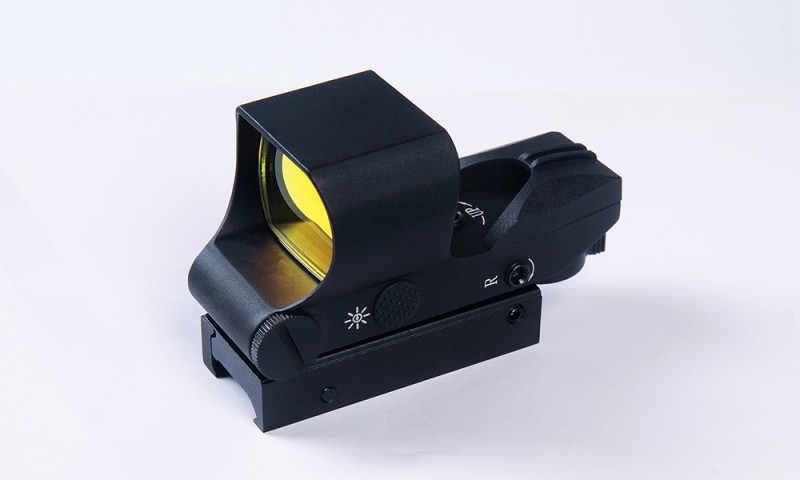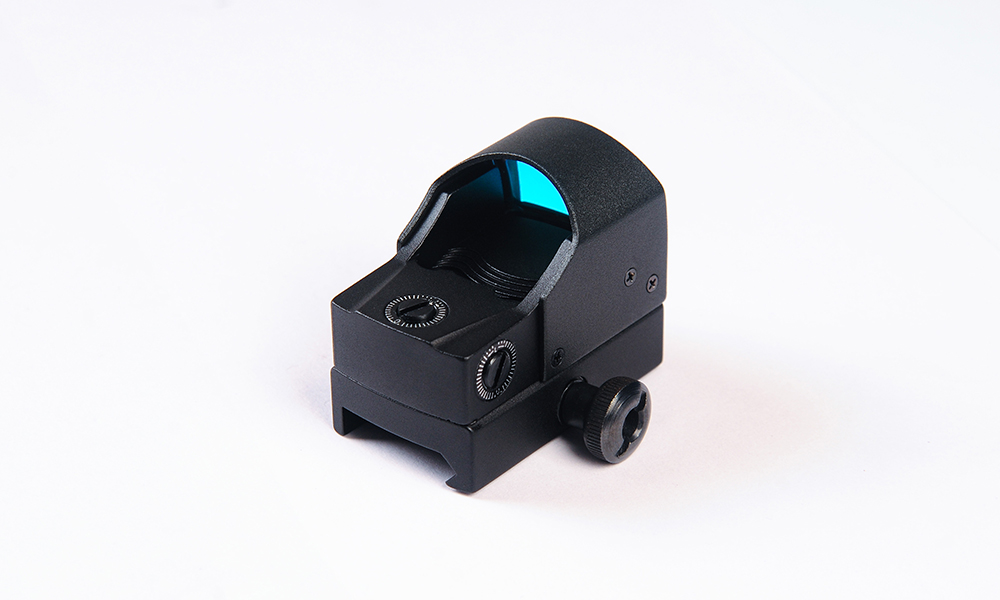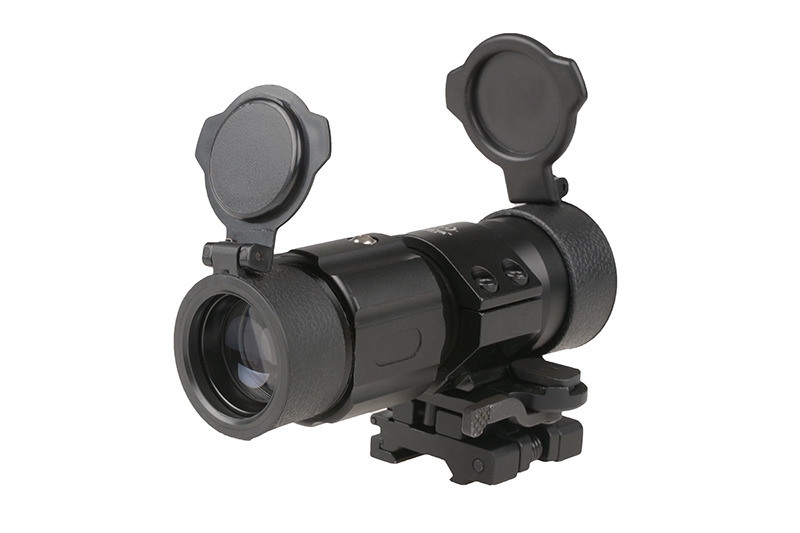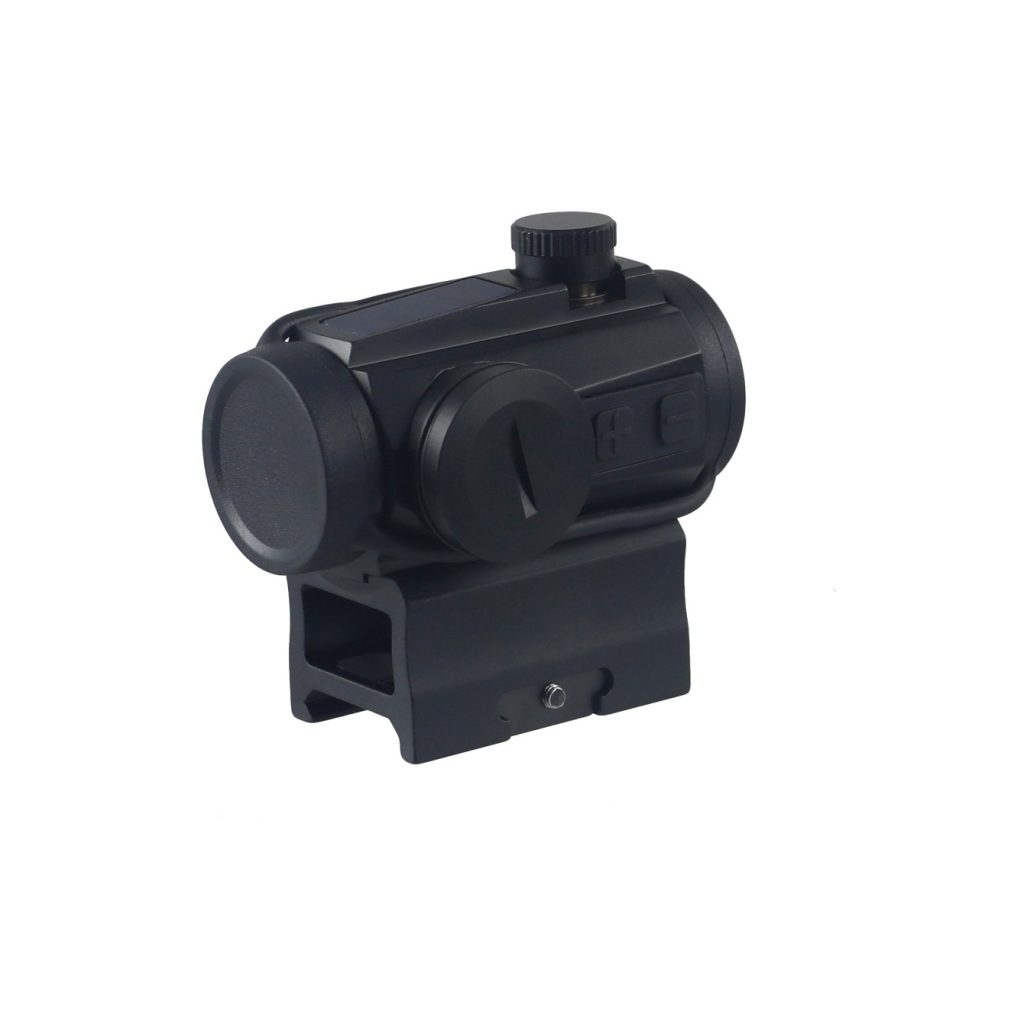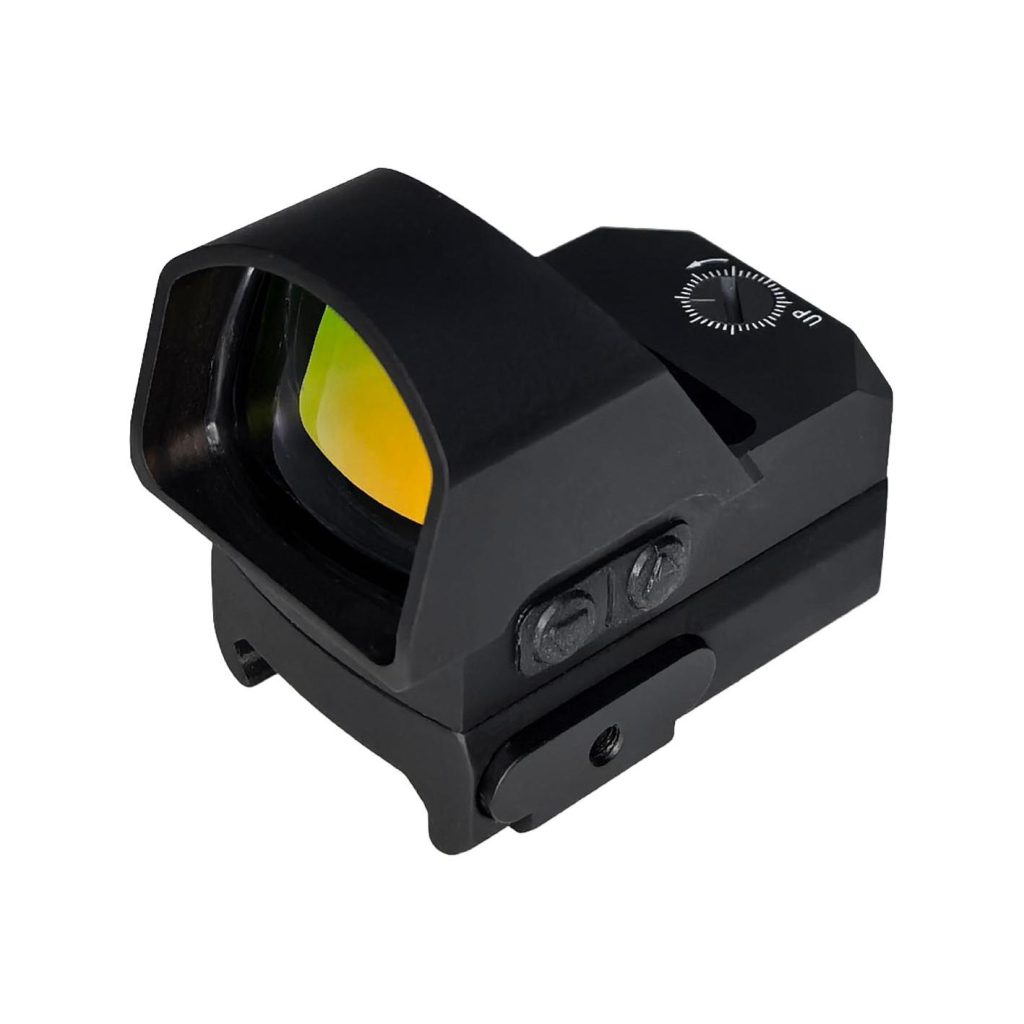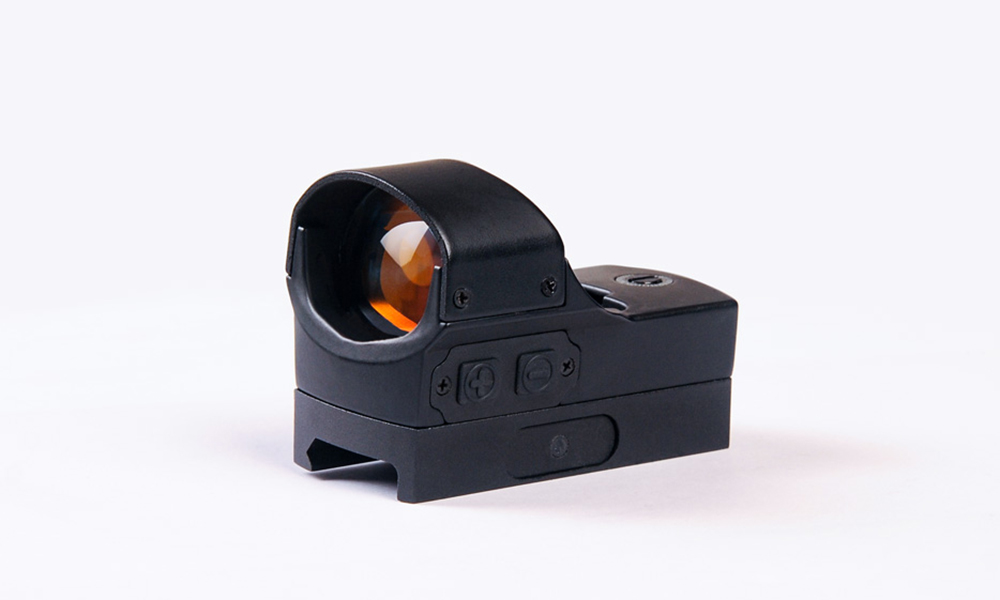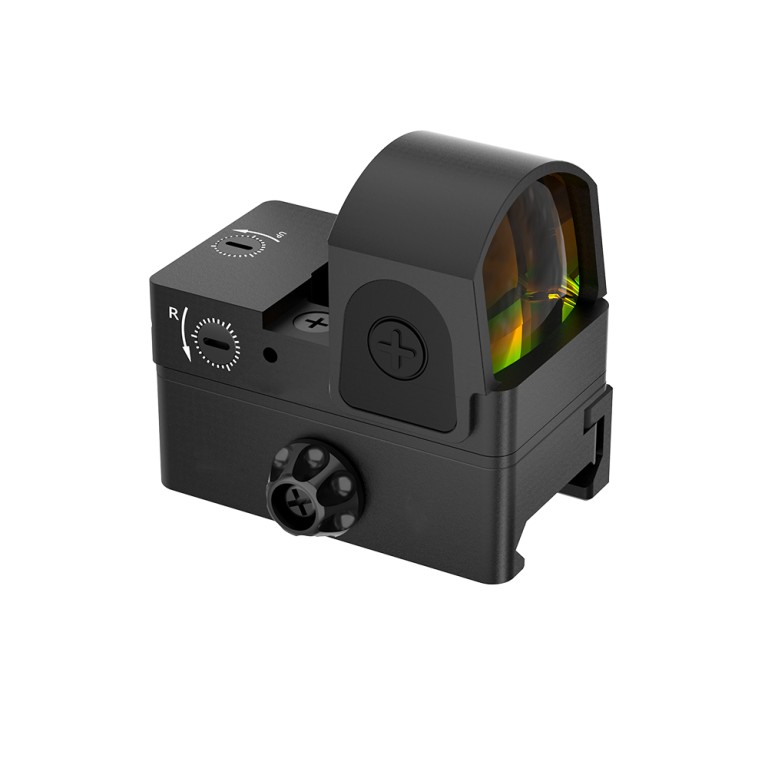Red dot sights have become a standard optical accessory for rifles in hunting, tactical shooting, and competitive sports. They offer fast target acquisition, improved shooting accuracy, and better performance in varied lighting conditions compared to traditional iron sights. Whether you choose an Open Red Dot Sight, Enclosed Red Dot Sight, or Tube Red Dot Sight, your selection should be based on your shooting environment, rifle type, and budget. Understanding the technical differences and key features will help you select a sight that matches your needs while ensuring durability and reliability.
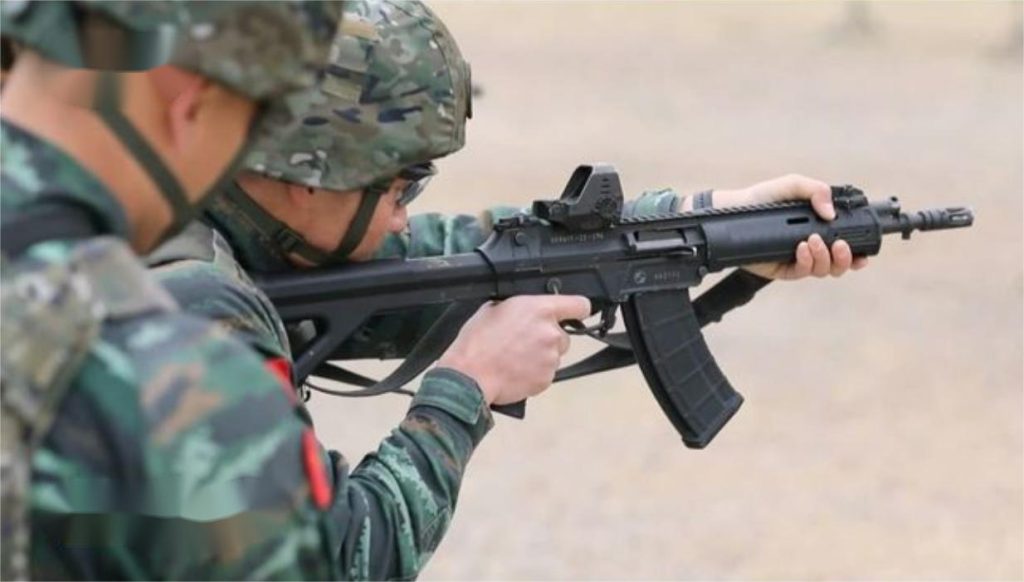
Understanding Red Dot Sight Types
Different red dot sight designs provide unique benefits. The most common categories include:
| Type | Description | Best For |
| Open Red Dot Sight (Reflex) | Exposed lens design with a compact frame, lighter weight, and wider field of view. | Fast target acquisition in competitive shooting or close-range hunting. |
| Enclosed Red Dot Sight | Fully sealed housing to protect the lens from dust, rain, and impacts. | Harsh environments, tactical use, and all-weather shooting. |
| Tube Red Dot Sight | Cylindrical housing that offers more protection and compatibility with magnifiers. | Medium to long-range shooting, precision hunting. |
Red dot sight open vs closed often comes down to environment and protection needs: open sights excel in speed, while closed designs excel in durability.
Feature 1: Core Optical & Operational Performance
The dot size, brightness settings, and parallax performance determine how quickly you can acquire and maintain a target.
- Dot Size: A smaller MOA (e.g., 2 MOA) offers better precision for long-range shots, while a larger dot (e.g., 4 MOA) is faster to pick up for close-range shooting.
- Brightness Control: Reflex red dot sights with adjustable brightness work better in different lighting conditions, from bright midday sun to low-light dusk hunts.
- Parallax-Free Design: Ensures that the reticle stays on target even when your head position changes slightly.
For example, in a recent field test, switching from a 4 MOA open reflex sight to a 2 MOA enclosed sight improved precision hits at 150 meters by nearly 18%.
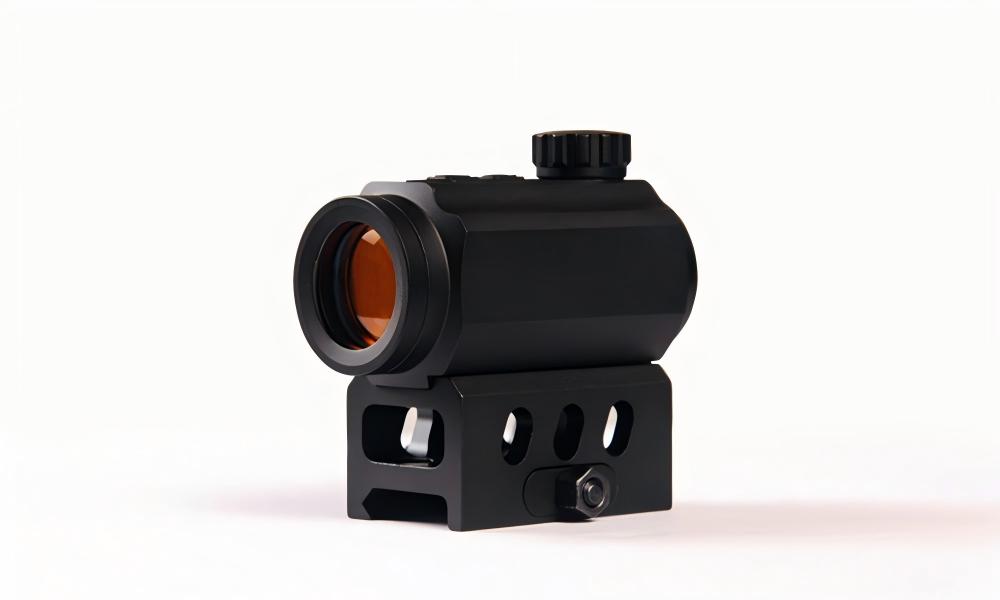
Feature 2: Build Quality & Durability
A good red dot sight should withstand recoil, temperature changes, and environmental challenges.
- Housing Material: Aircraft-grade aluminum offers a balance between strength and weight.
- Waterproof & Fogproof Ratings: An IPX7 or higher rating is recommended for heavy rain or wet environments.
- Shock Resistance: Essential for high-caliber rifles that generate significant recoil.
An Enclosed Red Dot Sight is generally more resistant to dust and water, making it the preferred choice for military and law enforcement. Foreseenoptics, a trusted Red Dot Sight manufacturer, offers models tested for up to 1,000g shock resistance, making them suitable for both tactical and hunting rifles.
Feature 3: Mounting & Practical Usability
Mounting compatibility affects how well the sight integrates with your rifle setup.
- Mounting Height: Choose co-witness or lower-third mounts depending on whether you use backup iron sights.
- Quick-Detach (QD) Mounts: Allow for fast removal and reattachment without losing zero.
- Adjustability: Look for precise windage and elevation controls.
Reflex red dot sights with lightweight mounts are ideal for competitive shooters who prioritize speed, while Tube Red Dot Sights often come with more robust mounts for precision shooting setups.
Feature 4: Optical Quality
Clarity and color accuracy are critical for target identification.
- Lens Coating: Multi-coated lenses reduce glare and improve light transmission.
- Color Fidelity: Prevents unnatural tinting that can affect target perception.
- Field of View: Wider FOV allows for faster tracking of moving targets.
For example, during low-light woodland shooting tests, a high-quality Enclosed Red Dot Sight with multi-coated lenses allowed for 23% faster target tracking compared to budget reflex optics.

Feature 5: Brand, Budget & Application Scenarios
When comparing Red Dot Sight manufacturers and Red Dot Sight suppliers, reputation, warranty, and after-sales support matter as much as specifications.
Budget Range: Entry-level models start around $100–$200 for recreational shooting, while professional-grade sights may exceed $500.
Application Fit:
- Hunting: Durable enclosed sights with medium MOA size.
- Competition: Lightweight open reflex red dots with minimal visual obstruction.
- Tactical Use: Sealed, shockproof, and night-vision compatible optics.
Foreseenoptics is a recommended choice for shooters looking for Red Dot Sight wholesale options, offering a range of reflex and tube designs tested for real-world scenarios. Their balance of price, performance, and service makes them a reliable partner for rifle optics.
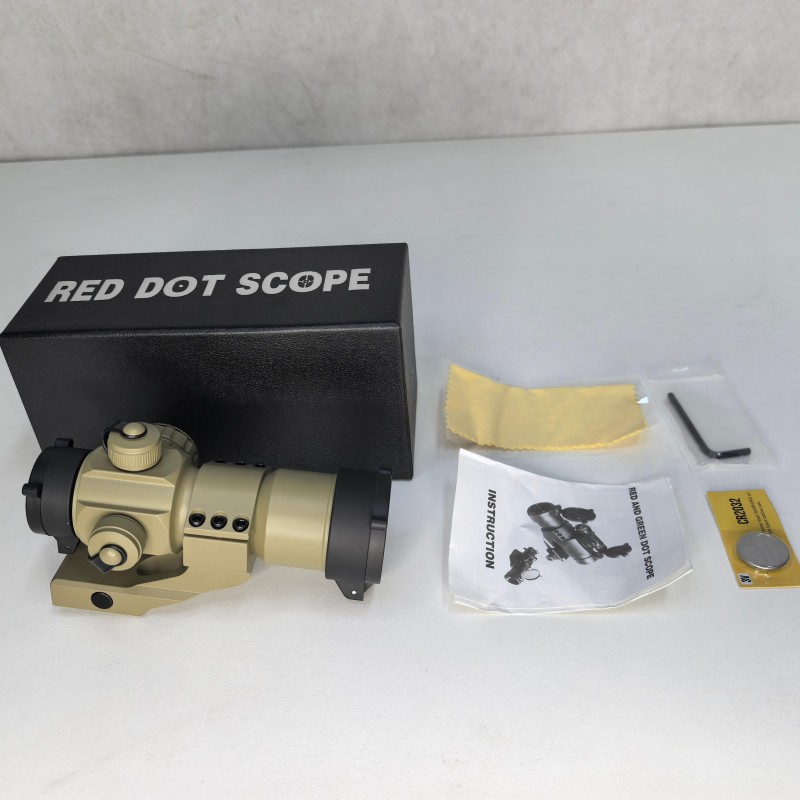
Choosing the Right Red Dot Sight for Your Rifle
Your choice should align with your shooting style, rifle platform, and operating environment. If you prioritize speed, an Open Red Dot Sight may be the best fit. If you shoot in rugged or unpredictable conditions, an Enclosed Red Dot Sight offers better protection and reliability. For precision with magnifier compatibility, consider a Tube Red Dot Sight.
For those sourcing optics in bulk, partnering with a reputable Red Dot Sight supplier ensures consistent quality and competitive pricing. Foreseenoptics, with their proven track record in designing reflex red dot sights and enclosed optics, stands out as a dependable supplier for hunters, competitive shooters, and tactical professionals alike.

